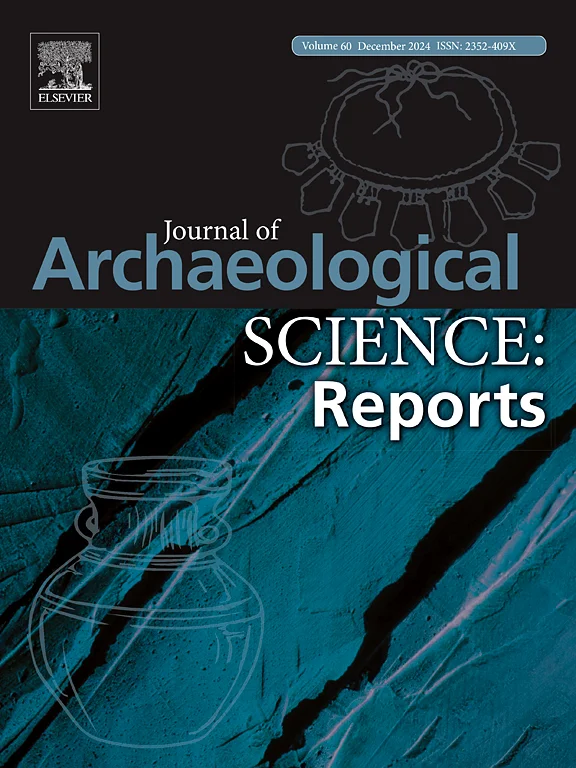The cattle factor. Faunal evidence for the study of social and economic processes in the medieval Middle Nile Valley. Sudan
We are pleased to announce a new article by Prof. Marta Osypińska, published in the prestigious scientific journal Journal of Archaeological Science: Reports.
The publication presents research findings on animal husbandry models as a persistent cultural element, which undergoes transformations under the influence of significant ecological, demographic, and religious factors. The study conducted a comparative analysis of faunal data from the largest ancient and medieval centers of civilization in Northeast Africa, primarily from the region of the Middle Nile, allowing for the identification of the timing, scope, and intensity of these factors’ impact on local communities.
For the first time, a comparison was made between the animal husbandry models of the Makuria and Alwa societies of two neighboring Nubian kingdoms during the period 500–1200 CE. It was shown that Makuria was dynamic and open to adapting new species, such as pigs, camels, chickens, and horses, while Alwa maintained a conservative model focused on cattle husbandry characteristic of the ancient Kush tradition.
The research also demonstrated that longhorn indigenous cattle were imported into Makuria from the central Sahel, as evidenced by osteometric and isotopic data, whereas Alwa exclusively raised local short-horned cattle, preserving the patterns of the ancient Kush civilization. It was discovered that patterns of agriculture and meat consumption can be an element of identity among communities living in similar environmental, political, and religious conditions.

